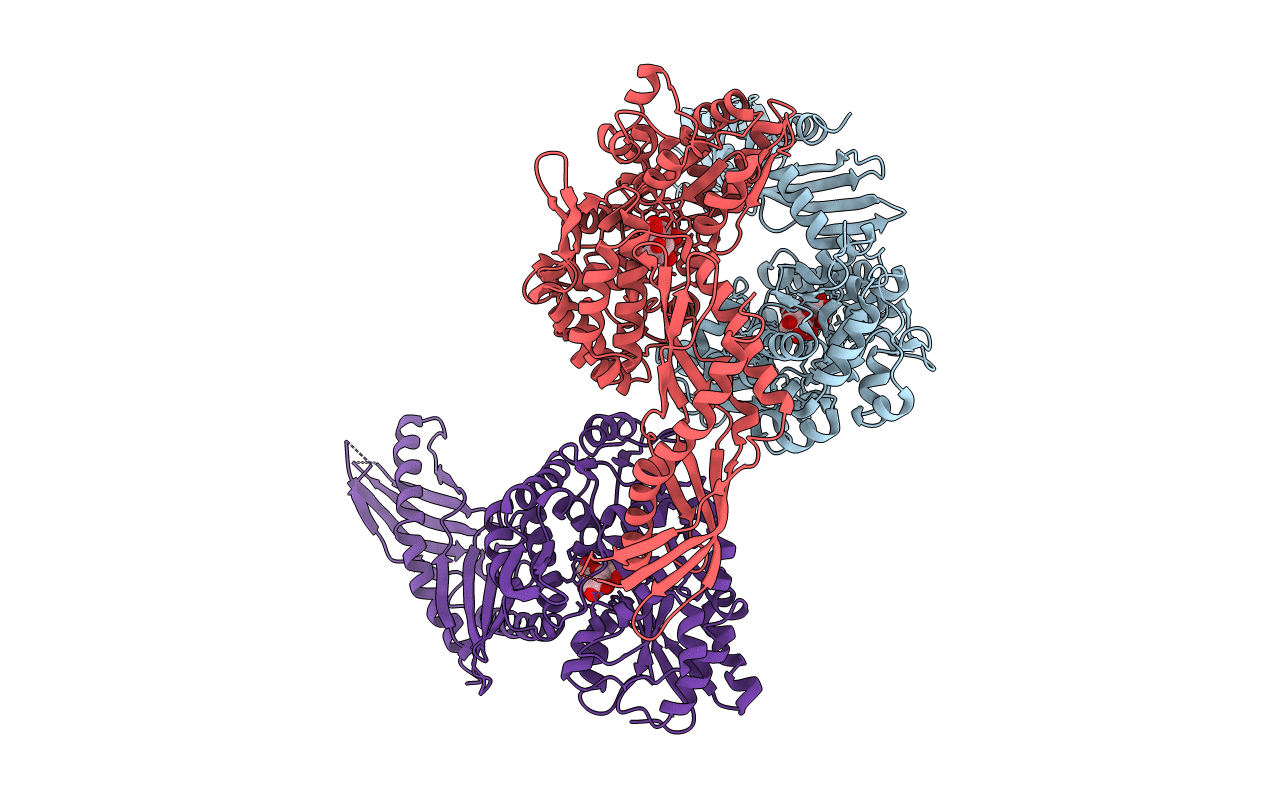
Deposition Date
2009-04-21
Release Date
2010-03-31
Last Version Date
2023-09-06
Entry Detail
Biological Source:
Source Organism:
Escherichia coli (Taxon ID: 562)
Dermatophagoides pteronyssinus (Taxon ID: 6956)
Dermatophagoides pteronyssinus (Taxon ID: 6956)
Host Organism:
Method Details:
Experimental Method:
Resolution:
2.35 Å
R-Value Free:
0.29
R-Value Work:
0.24
R-Value Observed:
0.24
Space Group:
C 1 2 1


